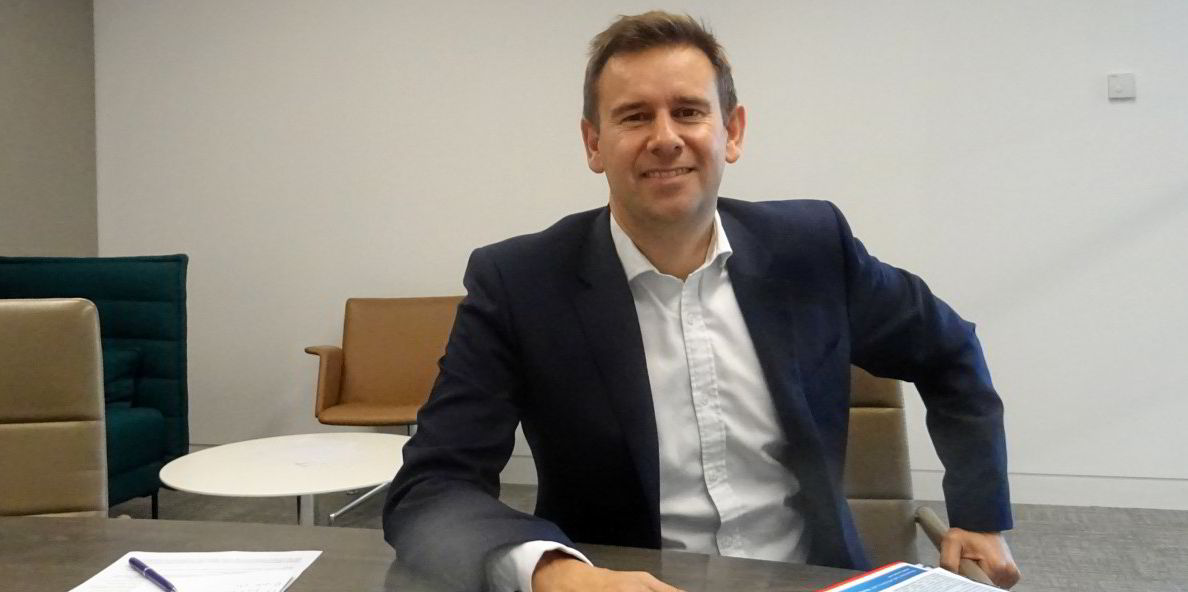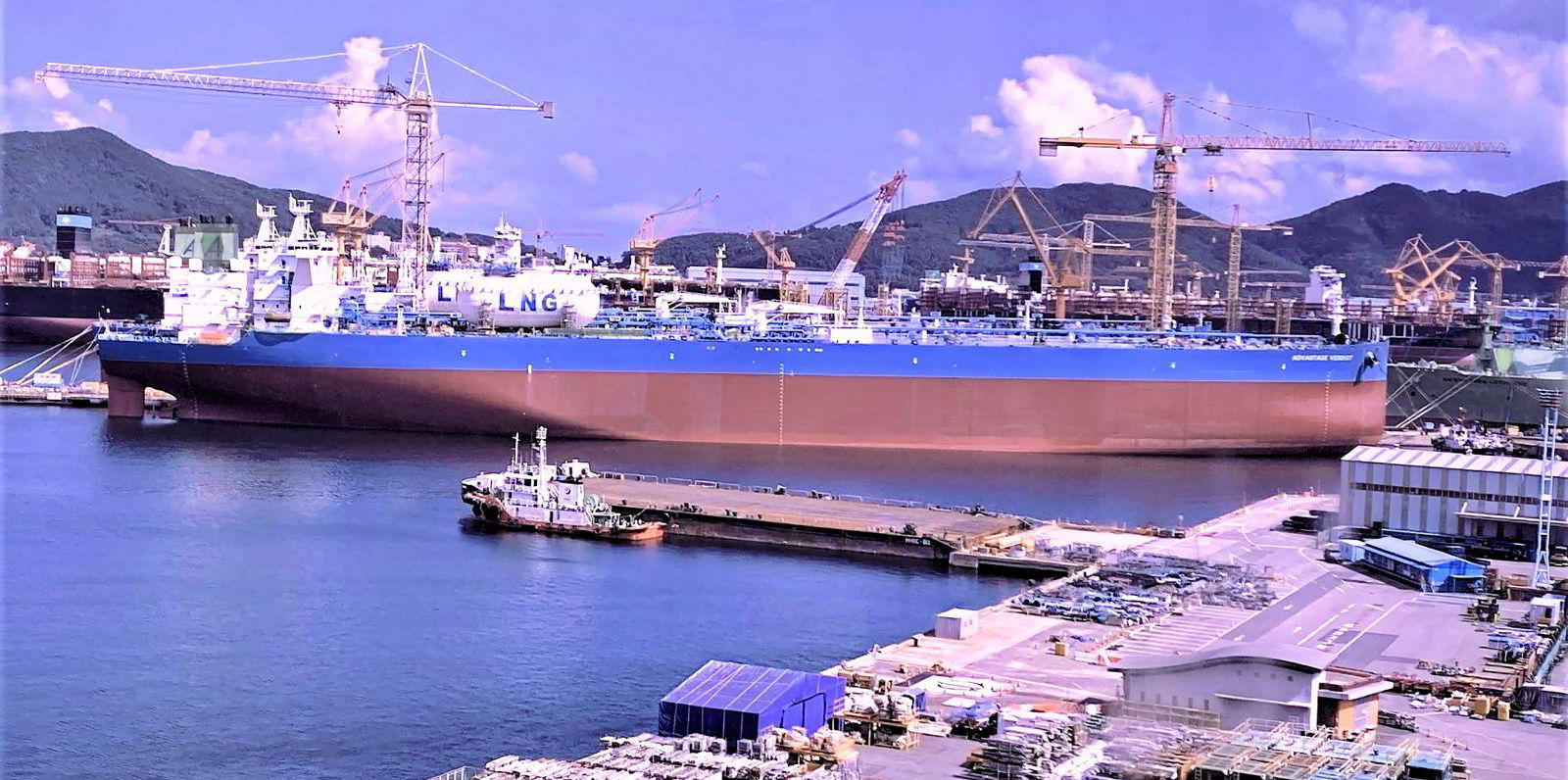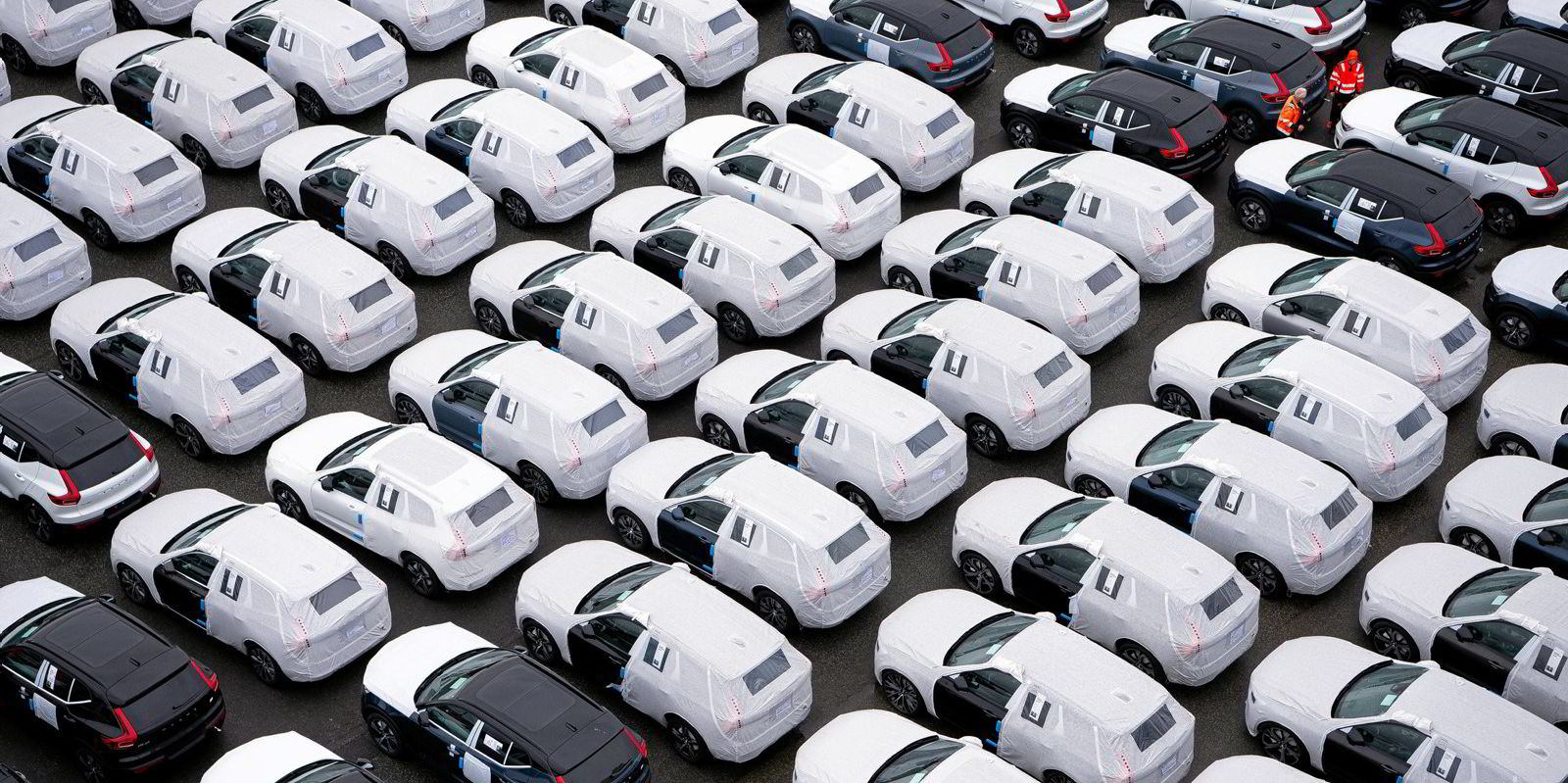Newbuilding ordering has slipped back in 2022 from the heady heights of the previous year but the value of contracts is up.
Clarksons Research managing director Stephen Gordon said that at the start of November, year-on-year orders in 2022 are down 21% in cgt terms.
But they are up 4% on the US dollar value of contracts placed, passing the $100bn mark for total orders at the start of this month.
Gordon said this reflects a rise of about 30% in newbuilding prices in the past 18 months and the level of investment in high-value ships such as LNG carriers, container ships and car carriers.
LNG carrier ordering had hit a record high by mid-year and Clarksons logs 146 ships worth about $30.9bn contracted in the first 10 months of 2022, with investment up 137% on this time in 2021.
Container ship ordering also continued to be active, after hitting record levels in 2021.
Gordon also highlighted the strong contracting activity for car carriers, particularly at Chinese yards.
In contrast, investment in bulker and tanker orders fell by 55% year on year.
The crude tanker and bulk carrier newbuilding books have shrunk to just 3.9% and 6.9%, respectively, of the overall fleets — the lowest seen for several decades, Gordon said.
Clarksons’ Shipping Intelligence Network shows that at the time of writing there were just 30 VLCCs, 14 suezmax tankers and 47 aframaxes on order.
One newbuilding broker spoke of 2022 as a “year of two halves”, with an exceptionally busy first six to seven months but a quiet end to the year.
Gordon noted a big pick-up in the choice of alternative fuels for newbuildings, with the figure at the start of November standing at 63% of orders contracted this year in tonnage terms.
This has boosted the overall orderbook for vessels being built to burn alternative fuels to 46% of the tonnage, compared with 30% a year earlier.
While the bulk of the orders was for LNG dual-fuelled tonnage, there has also been more action on methanol-fuelling recently and on orders with optionality for when future fuels become available, Gordon said.
Geographically, South Korean and Chinese shipyards are running close on order volumes. In cgt terms, China is on 45% and South Korea 42%. But on shipbuilding output, Chinese yards claim a 46% market share against 28% for their South Korean competitors.
Clarksons said shipbuilding capacity is estimated to be about 40% lower than it was at its peak just after the financial crisis in 2010 to 2011.






